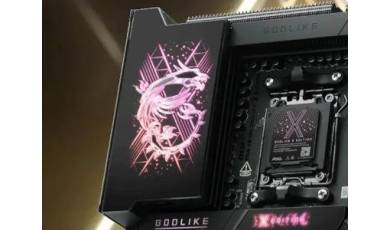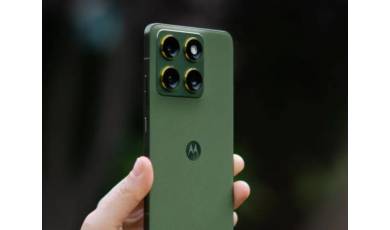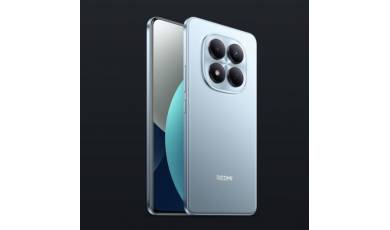Samsung Intensity III specs.
Mobiles >> Samsung >> Samsung Intensity III| Specifications | Reviews | Secret codes |
Design Samsung Intensity III
Device type:
Feature phone
Form factor:
Side-Slider
Dimensions:
4.41 x 2.12 x 0.57 inches (112 x 54 x 14 mm)
Weight:
4.06 oz (115 g)
the average is 4.8 oz (137 g)
the average is 4.8 oz (137 g)
Design features:
Full keyboard
Side Keys:
Left: Volume control
Rugged:
Dust, Shock, Vibration, Temperature, Humidity resistant
MIL-STD-810 certified:
Yes
Display Samsung Intensity III
Physical size:
2.4 inches
Screen Resolution: Screen resolution refers to the size of the image received on the screen in pixels
Screen resolution refers to the size of the image received on the screen in pixels
240 x 320 pixels
Pixel density:
167 ppi
Technology:
LCD
Screen-to-body ratio:
29.57 %
Camera Samsung Intensity III
Camera:
2 megapixels
Features:
Exposure compensation, White balance presets, Burst mode, Digital zoom, Panorama, Night mode, Frames, Effects, Self-timer
Camcorder:
Yes
Hardware Samsung Intensity III
Storage expansion:
microSD, microSDHC up to 32 GB
Battery Samsung Intensity III
Talk time:
5.00 hours
the average is 11 h (675 min)
the average is 11 h (675 min)
Stand-by time:
12.5 days (300 hours)
the average is 20 days (477 h)
the average is 20 days (477 h)
Capacity:
1000 mAh
Type:
Li - Ion
Multimedia Samsung Intensity III
Music player:
Filter by:
Playlists
Supported formats:
MP3, AAC, AAC+, eAAC+, WMA
Video playback Supported formats:
MPEG4, H.263, H.264
Speakers:
Earpiece, Loudspeaker
Internet browsing Samsung Intensity III
Built-in online services support:
Facebook, Twitter
Technology Samsung Intensity III
CDMA :
800, 1900 MHz
Positioning :
GPS
Navigation:
Yes
Phone features Samsung Intensity III
Phonebook:
1000 entries, Caller groups, Multiple numbers per contact, Picture ID, Ring ID
Organizer:
Calendar, Alarm, Calculator, World clock, Stopwatch, Notepad
Messaging:
SMS, MMS, Threaded view, Predictive text input
E-mail:
Yes
Instant Messaging:
Yes
Connectivity Samsung Intensity III
Bluetooth: Bluetooth is used to exchange data between nearby mobile devices.
Bluetooth is used to exchange data between nearby mobile devices.
3.0
Profiles:
Advanced Audio Distribution (A2DP), Audio/Video Control Transport Protocol (AVCTP), Audio/Video Distribution Transport Protocol (AVDTP), Audio/Visual Remote Control Profile (AVRCP), Basic Imaging (BIP), Generic Audio/Video Distribution (GAVDP), Handsfree (HFP), Headset (HSP), Object Push (OPP), Phone Book Access (PBAP), Serial Port (SPP)
USB: Universal Serial Bus
Universal Serial Bus
USB 2.0
Connector:
microUSB
Features:
USB charging
Headphones connector:
3.5mm
Charging connector:
microUSB
Other features Samsung Intensity III
Notifications:
Music ringtones, Polyphonic ringtones, Vibration, Flight mode, Silent mode, Speakerphone
Hearing aid compatibility:
M4
Voice commands
Regulatory Approval Samsung Intensity III
FCC approval :
Date approved:
28 Feb 2012
FCC ID value:
A3LSCHU485
FCC measured SAR :
Head:
0.66 W/kg
Body:
0.80 W/kg
Comments, Questions and Answers about Samsung Intensity III
Ask a question about Samsung Intensity III






